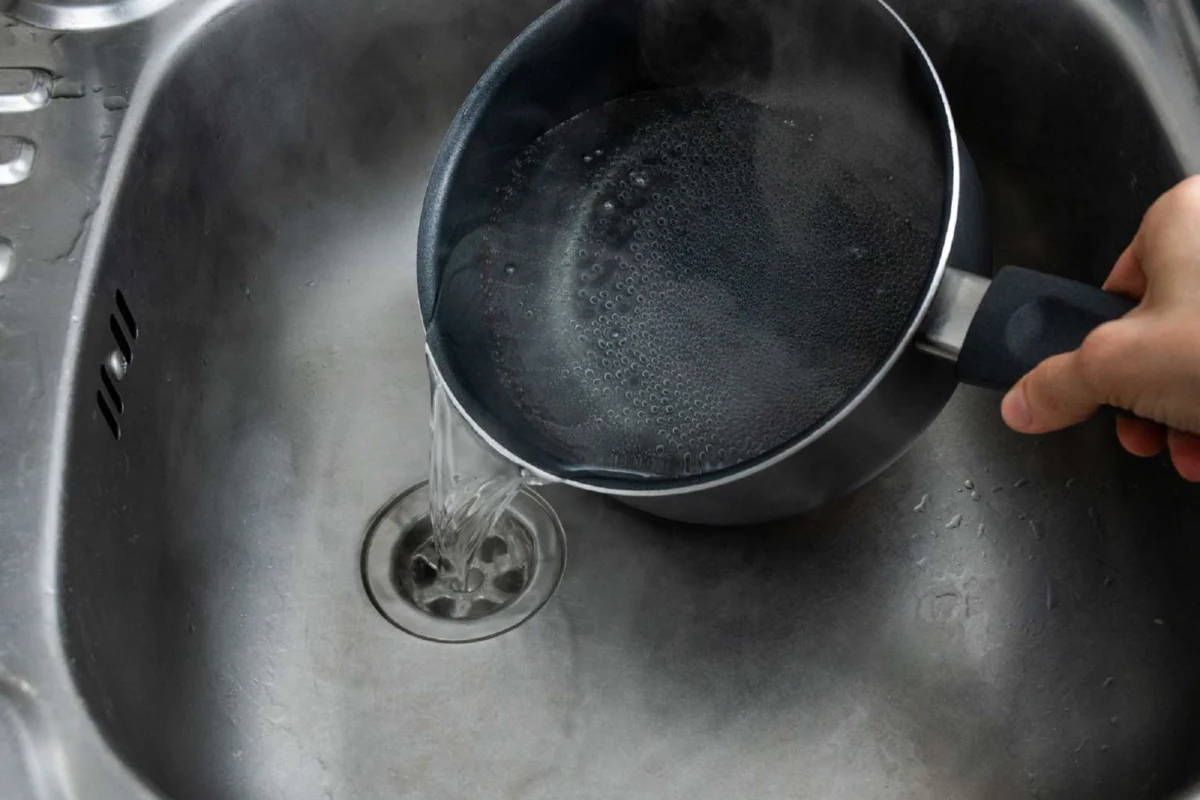Drain flies, also known as moth flies or sink flies, are small, grayish insects that typically measure about 1/16 to 1/4 inch in length. They are characterized by their fuzzy wings and are often found near drains, sinks, and other damp areas. These pests thrive in organic matter, making drains their ideal breeding ground.
How To Identify Drain Fly Infestations
- Adult Flies: Look for small, moth-like flies around sinks, bathtubs, and other moist areas.
- Larvae: Drain fly larvae are small and often found in stagnant water or organic buildup.
- Foul Odor: A musty smell may indicate decaying organic matter in your drains.
Why Drain Flies Are Attracted to Your Home
Drain flies are drawn to areas with moisture and organic debris. Here are some common reasons for their presence:
- Clogged Drains: Accumulated food particles and grease provide an ideal breeding environment.
- Leaky Pipes: Moisture from leaks can attract these pests.
- Stagnant Water: Any standing water can serve as a breeding ground.
Statistics on drain fly infestations reveal that these pests can reproduce rapidly, making early detection vital.
Effective Methods to Eliminate Drain Flies
To effectively eliminate drain flies, consider the following methods:
1. Clean Your Drains
Start by thoroughly cleaning your drains to remove organic matter. Use a mixture of baking soda and vinegar followed by hot water:
- Pour 1/2 cup of baking soda down the drain.
- Add 1/2 cup of vinegar and cover the drain.
- After 30 minutes, flush with hot water.
2. Use Traps
DIY traps can help catch adult drain flies. Here’s a simple method:
- Fill a bowl with apple cider vinegar and cover it with plastic wrap.
- Poke small holes in the wrap to allow flies to enter.
- Leave the trap out overnight.
3. Chemical Solutions
Examples of effective products include drain cleaners specifically designed to eliminate organic buildup. Always follow the manufacturer’s instructions for safe use.
DIY Solutions for Drain Fly Control
Implementing step-by-step DIY solutions can be effective in controlling drain fly populations:
- Regular Cleaning: Clean drains at least once a week to prevent buildup.
- Seal Cracks: Ensure that any cracks or gaps in plumbing are sealed to reduce moisture exposure.
- Monitor Areas: Keep an eye on areas prone to moisture, such as basements and bathrooms.
When to Call a Professional Exterminator
If your DIY efforts do not yield results after a few weeks, it may be time to call in a professional. Signs that you should seek help include:
- Severe infestations with large numbers of flies.
- Persistent odors that do not improve with cleaning.
- Inability to locate the source of the infestation.
